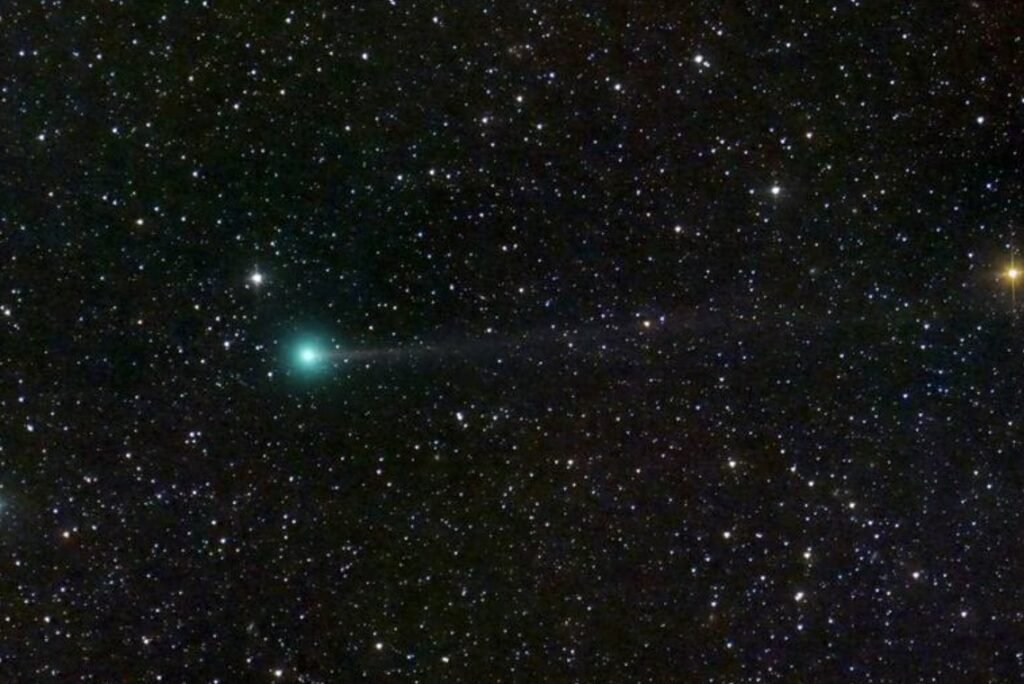A new comet that was discovered by an amateur astronomer in Japan last month is making headlines around the world as it approaches its closest point to Earth and the sun. Comet Nishimura, named after its discoverer Hideo Nishimura, is a rare visitor from the outer solar system that has not been seen for over four centuries.
How was Comet Nishimura discovered?
Comet Nishimura was first spotted by Hideo Nishimura on August 11, 2023, when he was taking photos of the night sky with his Canon DSLR camera and a telephoto lens. He noticed a faint fuzzy object near the constellation of Leo and reported his finding to the Minor Planet Center, which confirmed that it was a new comet. Nishimura said he was surprised and honored to have his name attached to the comet.

How to see Comet Nishimura in the sky?
Comet Nishimura is currently visible in the east-northeastern horizon about 90 minutes before sunrise. It is located in the constellation of Leo and will move into Virgo by mid-September. The comet is expected to reach its closest point to Earth on September 12, 2023, when it will be about 38 million miles (61 million kilometers) away. It will then reach its closest point to the sun (perihelion) on September 17, 2023, when it will be about 28 million miles (45 million kilometers) away.
To see Comet Nishimura, you will need a pair of binoculars or a small telescope. The comet will appear as a greenish ball of light with a tail pointing away from the sun. The tail may vary in length and brightness depending on the solar wind and the comet’s activity. The best time to observe the comet is when it is high above the horizon and away from the moonlight and city lights.
What makes Comet Nishimura special?
Comet Nishimura is a rare and spectacular sight for several reasons. First, it is one of the few comets that was discovered by an amateur astronomer using a simple camera. Most comets today are found by automated telescopes that scan the sky for moving objects. Second, it is a long-period comet that has a very elliptical orbit that takes it far beyond the orbit of Pluto. According to calculations, Comet Nishimura has an orbital period of about 435 years, which means it last visited the inner solar system around the year 1588. Third, it is a relatively bright comet that may reach a magnitude of 4 or 5 at its peak, making it visible to the naked eye under dark skies.
What can we learn from Comet Nishimura?
Comet Nishimura is not only a beautiful sight, but also a valuable source of information for scientists who study the origin and evolution of our solar system. Comets are made of ice, dust, and organic materials that date back to the formation of the solar system about 4.6 billion years ago. By analyzing the composition and structure of comets, scientists can learn more about the early history and chemistry of our planetary neighborhood. Comet Nishimura may also be related to a minor meteor shower known as the Sigma-Hydrids, which occurs every year around December 9-12. Scientists will monitor this meteor shower closely this year to see if there is any increase in activity due to Comet Nishimura’s passage.
